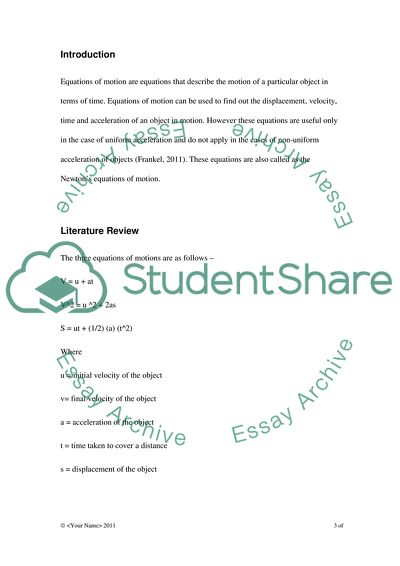Cite this document
(Applications of the Equations of Motion Book Report/Review, n.d.)
Applications of the Equations of Motion Book Report/Review. Retrieved from https://studentshare.org/physics/1763089-applications-of-the-equations-of-motion
Applications of the Equations of Motion Book Report/Review. Retrieved from https://studentshare.org/physics/1763089-applications-of-the-equations-of-motion
(Applications of the Equations of Motion Book Report/Review)
Applications of the Equations of Motion Book Report/Review. https://studentshare.org/physics/1763089-applications-of-the-equations-of-motion.
Applications of the Equations of Motion Book Report/Review. https://studentshare.org/physics/1763089-applications-of-the-equations-of-motion.
“Applications of the Equations of Motion Book Report/Review”, n.d. https://studentshare.org/physics/1763089-applications-of-the-equations-of-motion.


